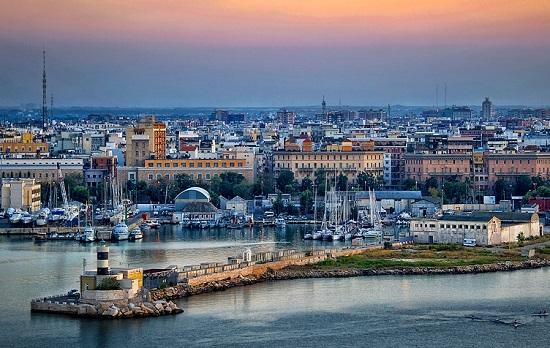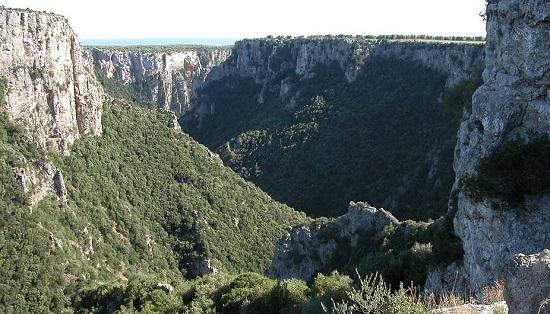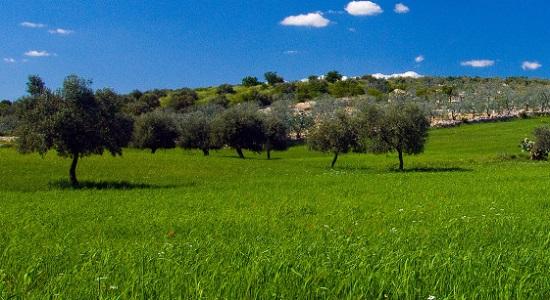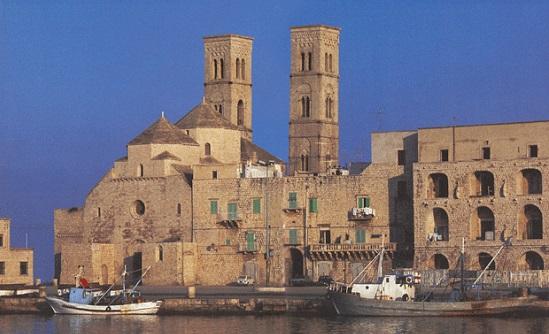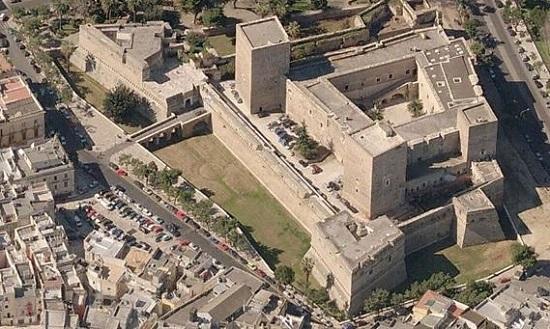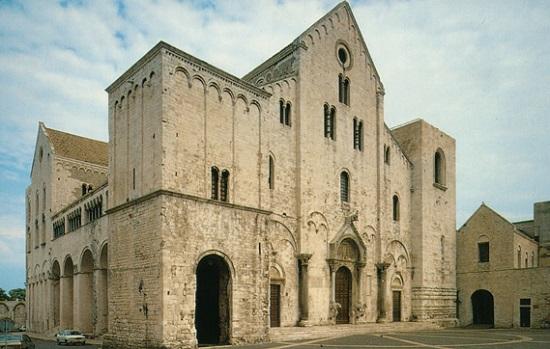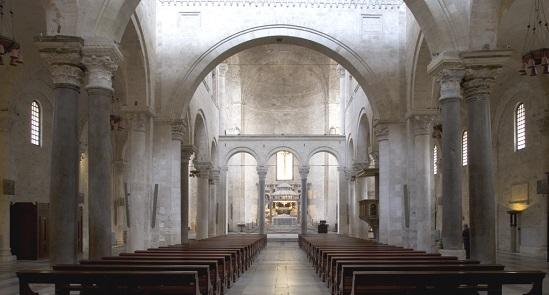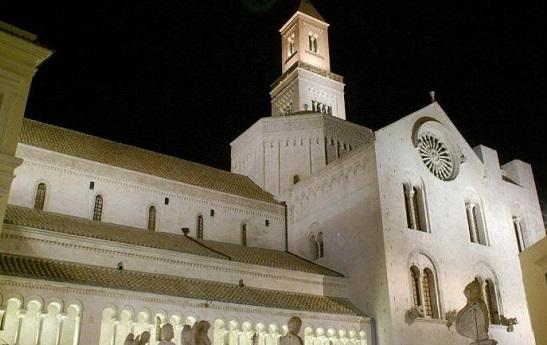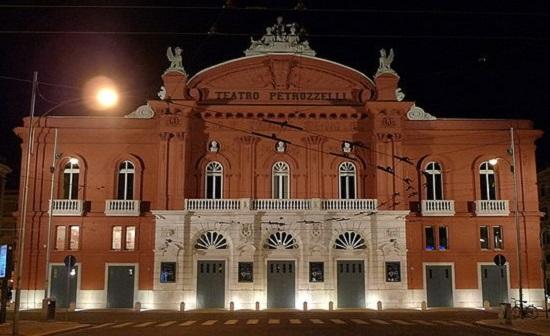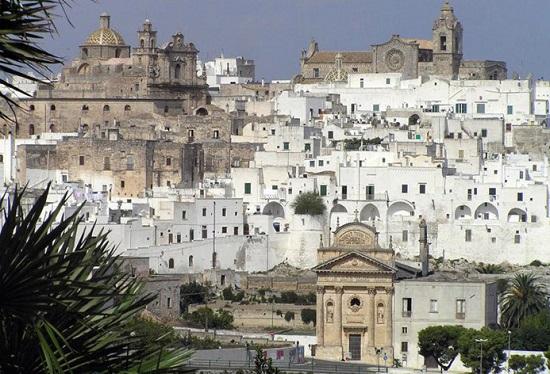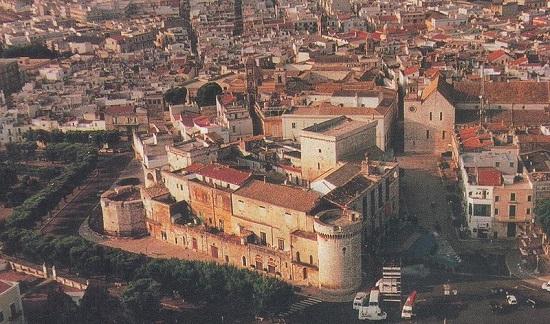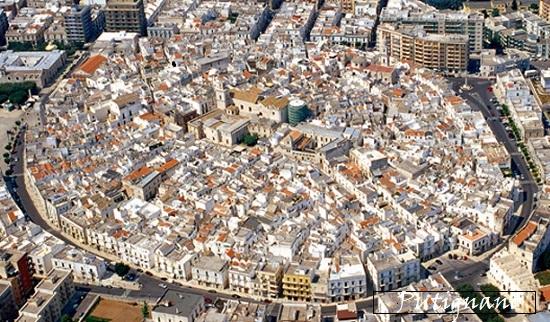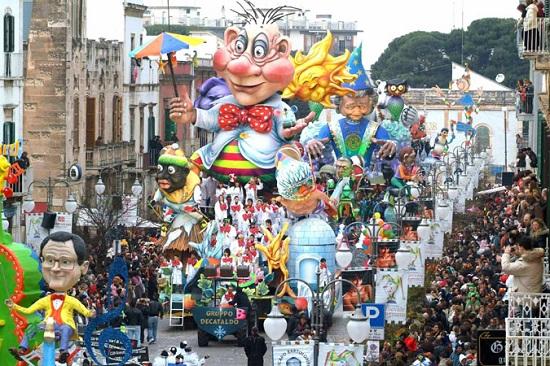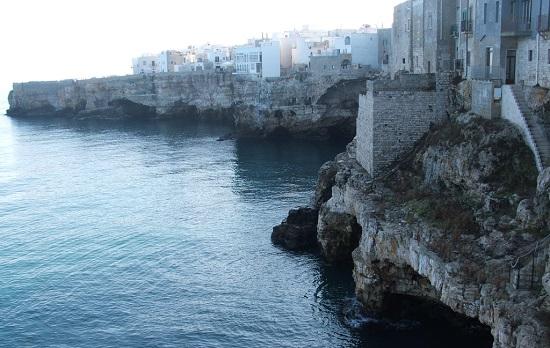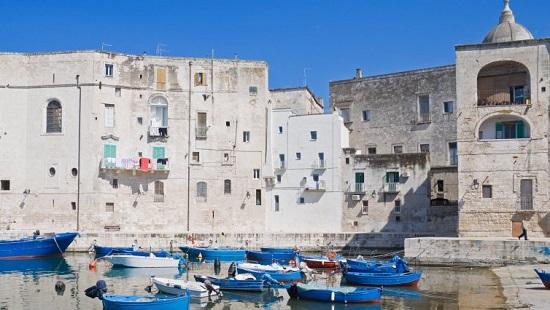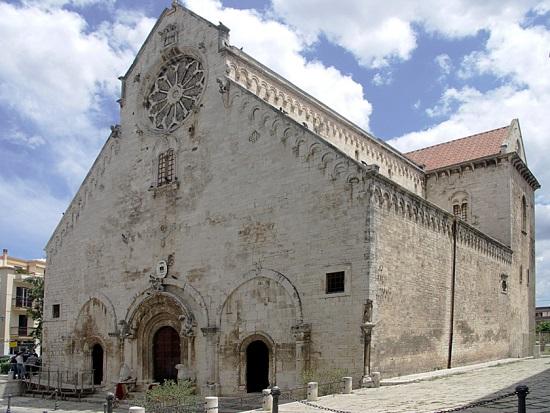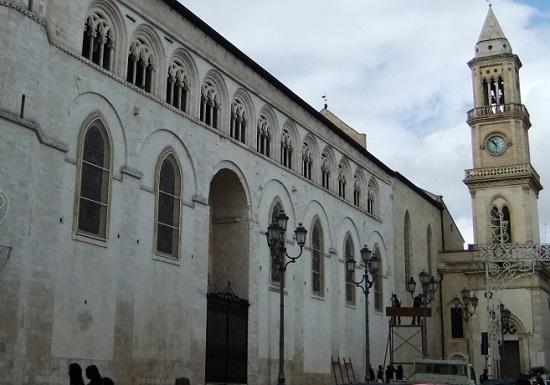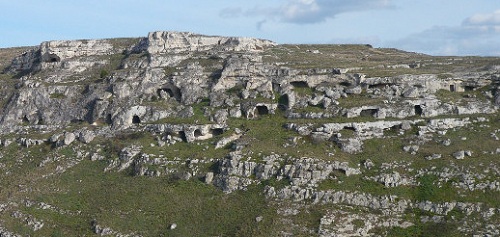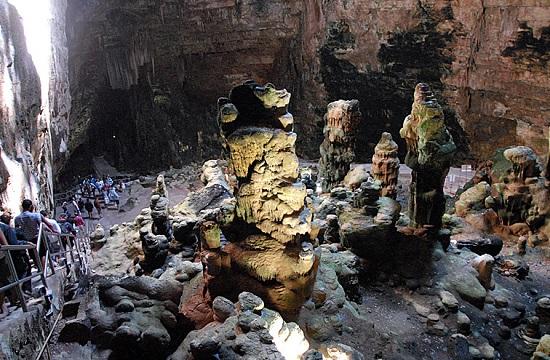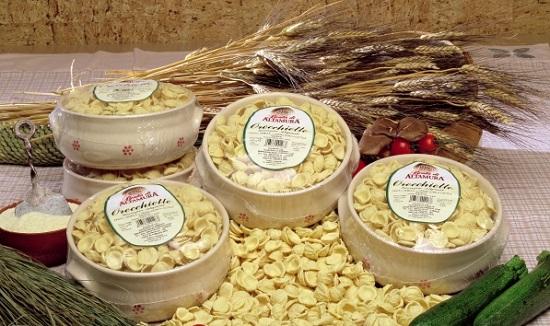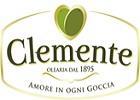
|
||||||||||||||||||||||||||||||||||||||||||||||||
|
|
Bari
The landscape of the Murge plateau, where time seems to stand still, stretches further inland. Timeless panoramas show a bare landscape whose sameness is broken up by rocks, hollows and ravines. As a result of the karst phenomena, a unique landscape has been sculpted by water and the passing of time. One can chose trekking or riding a mountain bike to explore the beautiful landscape
Wide open spaces have been adapted to man’s needs over the centuries, using dried-up river beds as farmland. Olive and almond trees and vineyards give colour at intervals to the vast expanse of the plateau, where are located ancient masserie (farmhouses) often fortified as a means of defense against raids.
The southern part of the province borders on a strip of the gorgeous Itria Valley, known as the land of the trulli. Alberobello, home of these characteristic conical buildings symbol of Puglia, is a UNESCO World Heritage Site. Today the trulli, in strict respect for the ancient tradition, are equipped with all modern comforts and represent an original alternative to classic hotel rooms to spend one’s holidays.
The stretch of coastline of the province extends from Molfetta, north of Bari, to Monopoli further south. Along this itinerary, nature’s charm merges with the picturesque villages and the precious heritage of imposing castles and marvelous cathedrals.
Further evidence of this can be found in the hinterland, scattered with charming locations, like chapters of a history book.
A wonderful example of Apulian Romanesque architecture is the imposing Basilica di San Nicola (Saint Nicholas Basilica), where the holy relics of the famous saint are kept.
The second most important church in Bari is the Cathedral, flanked by a tall bell tower and built on layers of previous ancient buildings. A finely decorated rose window and three portals give movement to the main façade. The interplay of volume and space, and the light seeping through the large openings and reflected off the stonewalls, create an evocative atmosphere inside the church.
The new town, whose project was planned by Gioacchino Murat, is criss-crossed with shopping streets like Corso Cavour, where the famous Teatro Petruzzelli (Petruzzelli Theatre) is located, considered the temple of opera in Bari.
In the surroundings, Locorotondo, whitewashed village on a rocky spur overlooking the marvellous scenery of the valley, during springtime turns into an explosion of colours and scents. A patchwork of vineyards, olive groves, woods and fields outlined by whitewashed dry stone walls, whose uniformity is broken by small conglomerations of trulli.
The journey continues with a visit to Conversano, a small town that has been able to protect its historical and cultural identity without renouncing the advantages of modern times. An imposing Castle overlooks the city, with four large towers located by the angles of the trapezoidal plan, in the direction of the cardinal points. Built as a defence structure, the Aragonese turned it into a manor house with external and internal building works aiming at softening its lines and shapes.
The Galleria Municipale (Municipal Gallery) housed in the premises interesting artwork displays. There are also numerous religious buildings, such as the Cathedral, in Apulian Romanesque style.
On the coastal strip, there is the old village of Polignano, located on a sheer cliff overlooking the sea with numerous natural grottoes and caves, and also Monopoli, one of the best coastlines in the province, scattered with ancient farmhouses, villas and the remains of ancient civilizations.
To the north of Bari is located Ruvo di Puglia with one of the most renowned Cathedrals in the region, famous for the peculiar architectural lines, the result of a series of harmonious alterations and restorations. A visit to the Museo Archeologico Nazionale Jatta (Jatta National Archaeological Museum) is a must with its exhibition of a precious ancient collection of ceramics and paintings.
In the Murgia of the shepherds, where the landscape leaves the warm colours of the maquis and takes on the dark tones of a bare terrain, there is Altamura, known mainly for a bread that has been awarded its own appellation status DOP, very tasty just as a side dish, delicious when seasoned with extra virgin olive oil Terra di Bari DOP and garnished with the famous Apulian vegetables and greens. 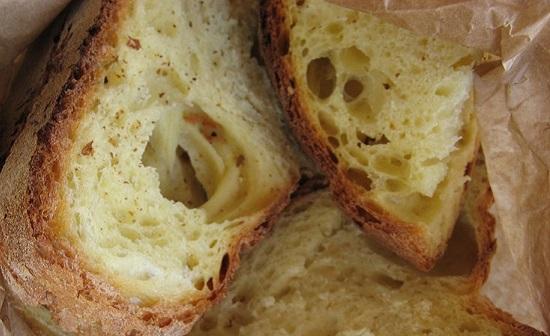
The town can be spotted on a spur overlooking the plateau, with the Cathedral towers standing out against the sky, as though to attract the visitor’s attention. Commissioned by Frederick II of Swabia, the church has undergone important transformations, such as the construction of two towers to the sides of the facade, instead of bell towers which traditionally complete the structure of religious buildings.
Finally yet importantly, an interesting stop on the journey is Gravina di Puglia, a land of natural galleries, caves and ravines dug by an underground river and in the past used as shelters by man.
The slow action of an ancient river created the largest Karst formation in Italy, the Grotte di Castellana (Castellana Grottoes), located in the heart of the Murge. Amazing stalactites and stalagmites, scattered along galleries and large caves, give shape to a fascinating and mysterious scenery, provided with an evocative play between light and shade.
The cuisine is based on important ichthyic resources and a strong bond with the produce and ancient traditions of this land.
Among the fruits of the earth there are the Barattiere, small vegetables to eat raw in salads, table grapes, sweet and juicy, and sweet Termite olives from Bitetto, seasoned with salt, vinegar, olive oil, spices and natural herbs. Aleatico, Gioia del Colle, Gravina and Locorotondo add the quality of excellent DOC wines to the flavours of the local traditional cuisine. |

|
||||||||||||||||||||||||||||||||||||||||||||||
|
||||||||||||||||||||||||||||||||||||||||||||||||
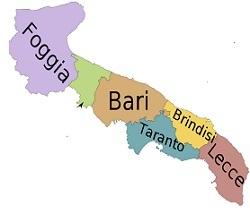 Capital of Apulia and important tourist destination and commercial harbour, Bari lies on a fertile coastal plain facing the Adriatic sea.
Capital of Apulia and important tourist destination and commercial harbour, Bari lies on a fertile coastal plain facing the Adriatic sea.